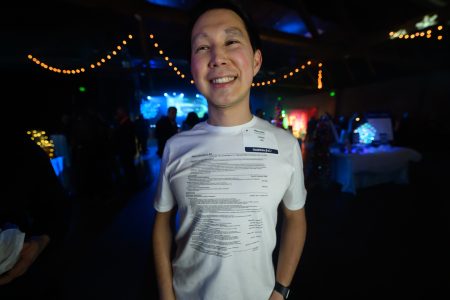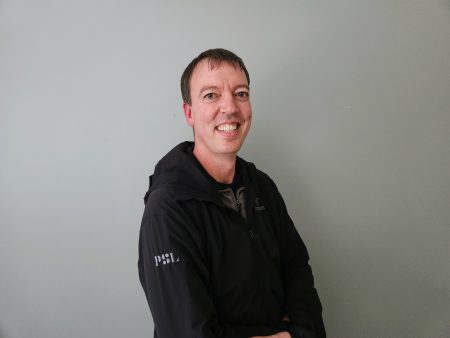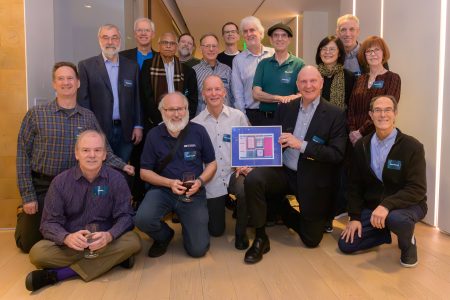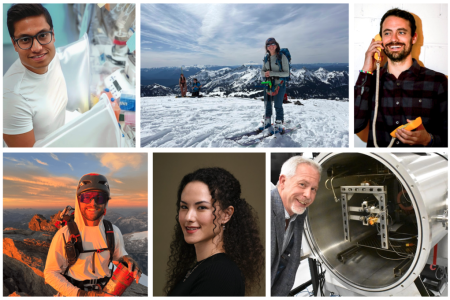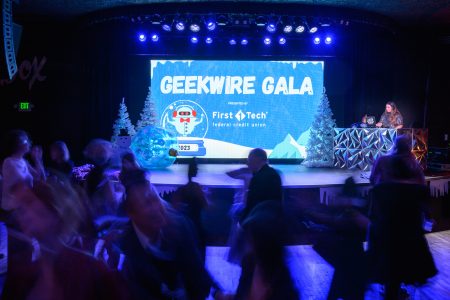University of Washington Launches AI@UW Initiative with $10 Million Gift from the Simonyis
In a significant move to advance responsible artificial intelligence in higher education, the University of Washington has unveiled AI@UW, a comprehensive campus-wide initiative backed by a $10 million gift from Microsoft pioneer Charles Simonyi and his wife, Lisa Simonyi. This generous contribution represents the couple’s continued commitment to the university, bringing their total donations to over $27.5 million since 2009. The initiative addresses one of the most pressing challenges facing educators today: how to effectively integrate AI into teaching and research while maintaining academic integrity. Professor Noah Smith from the Paul G. Allen School of Computer Science & Engineering has been appointed as the inaugural Vice Provost for Artificial Intelligence, a newly created position to spearhead this transformative effort. This strategic move positions UW at the forefront of AI innovation in academia, with Smith’s cross-disciplinary background making him ideally suited to bridge technological advancement with educational excellence.
At the heart of AI@UW lies a fundamental question that educators across the country are grappling with: “My students are using AI. What now?” As Professor Smith aptly notes, this concern dominates faculty discussions nationwide. The University of Washington’s response charts a thoughtful middle path—embracing AI as an educational assistant rather than a replacement for genuine learning. Under Smith’s leadership, the initiative envisions AI as a tool that can help students by answering questions and creating study materials, but not doing the actual academic work for them. Similarly, faculty can leverage AI to develop fair assessments and evaluation methods. This balanced approach emphasizes transparency and ongoing conversation, helping students understand that while AI can enhance their educational journey, it cannot and should not replace the authentic learning experience that is the cornerstone of higher education. As Smith powerfully states, “You don’t go to university if you don’t actually want to learn”—a reminder that technology should serve educational goals rather than circumvent them.
The SEED-AI grant program (Supporting Educational Excellence and Discovery) forms a cornerstone of the initiative, providing crucial funding to innovative faculty across diverse disciplines. These grants will support exploratory approaches to AI integration in courses, with an emphasis on methods that can be widely adopted throughout the university. Set to launch within weeks, the program will catalyze practical applications of AI in teaching and learning contexts. Beyond financial support, AI@UW establishes a governance committee to create policies that foster innovation while maintaining academic standards. This governance framework will help navigate the complex ethical, practical, and pedagogical questions that arise as AI becomes more prevalent in education, ensuring that the university moves forward responsibly and effectively in this rapidly evolving landscape.
AI literacy represents another critical focus area, with plans to develop courses accessible to all undergraduates that approach artificial intelligence from varied disciplinary perspectives. These courses aim to cultivate a nuanced understanding of AI that transcends both unwarranted fear and excessive hype—a balanced viewpoint grounded in reality. Complementing this educational component, the initiative will also establish a network of AI experts within the university who can provide specialized assistance to faculty engaged in research and education projects requiring customized AI tools. This expert network will facilitate collaboration and knowledge-sharing across traditional academic boundaries, enabling more sophisticated and effective AI applications throughout the institution. The multifaceted approach demonstrates UW’s commitment to addressing AI integration comprehensively, considering both immediate practical needs and longer-term educational objectives.
UW President Robert Jones emphasized the strategic importance of this initiative in maintaining the university’s leadership position in AI innovation. “We need somebody that wakes up each and every day that thinks about AI across the three parts of our mission: our teaching, our research and our innovation agenda,” Jones explained, highlighting the value of having dedicated leadership in this rapidly evolving field. The appointment of Noah Smith as both Vice Provost and the inaugural Charles and Lisa Simonyi Endowed Chair for Artificial Intelligence and Emerging Technologies reflects this commitment to excellence. Smith’s extensive experience across multiple disciplines—including affiliations with the Department of Linguistics, the Center for Statistics and the Social Sciences, the eScience Institute, and the Stroum Center for Jewish Studies—provides him with the interdisciplinary perspective necessary to lead such a wide-ranging initiative effectively.
As the University of Washington embarks on this pioneering journey, Professor Smith is actively engaging with other institutions developing similar programs, fostering a collaborative approach to AI integration in higher education. However, he acknowledges that the Simonyi gift provides UW with a distinct advantage, positioning the university “ahead” in this critical educational frontier. This initiative represents more than just an adaptation to technological change—it embodies a proactive vision for how universities can harness AI’s potential while preserving the core values and purposes of higher education. By bringing together expertise from across the campus, establishing clear governance structures, promoting AI literacy, and supporting innovative applications, AI@UW offers a comprehensive model for responsible AI integration that could influence educational practices far beyond Seattle. As artificial intelligence continues to transform society, the University of Washington’s thoughtful, well-resourced approach demonstrates how academic institutions can lead rather than merely react to technological revolution.








